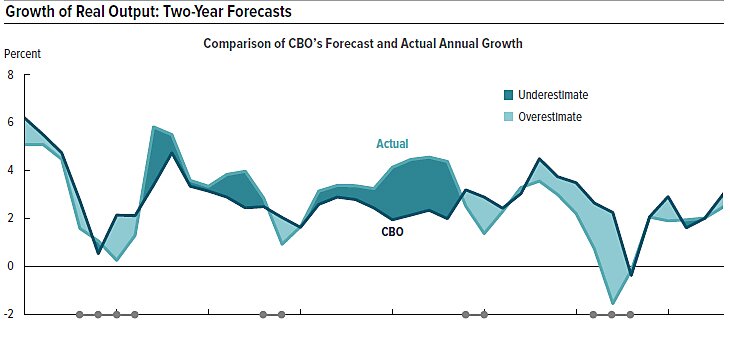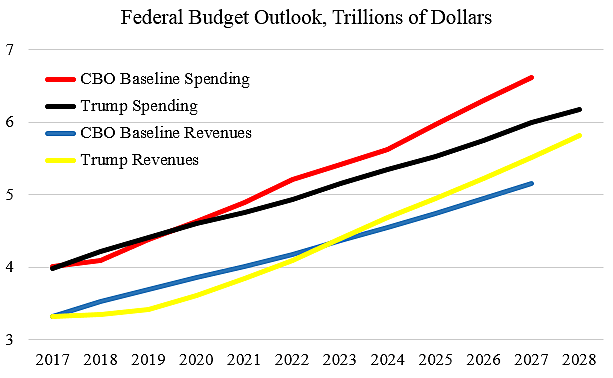The Trump administration’s 2019 budget would eliminate funding for the Manufacturing Extension Partnership (MEP) run by the Department of Commerce. The Wall Street Journal reported on the proposal the other day, although the article read more like an oped by program supporters.
The MEP shells out $140 million a year of taxpayer money to more than 50 offices around the country that aid local businesses. Tad DeHaven and I discuss some of problems with the MEP here.
One problem is that such corporate welfare necessarily favors some businesses over others. Companies receiving MEP aid are given an unfair edge over competitors. The MEP’s annual report does not actually say which particular companies have been aided. Instead, it is full of dynamic-sounding language such as “technology acceleration,” “learning organization,” “high-performance system,” “technology-centric operations,” “cultivate enduring collaborations,” and “actionable items for implementation.”
The MEP suffers from the usual waste and abuse of federal subsidy programs. In one classic case, the MEP charged taxpayers $1.1 million for a big party (I mean “conference”) at a resort in Orlando, with free food, booze, live music, and a trip to Disney World.
In another taxpayer rip off, the South Carolina director of an MEP-funded group (p. 29) submitted fraudulent documentation for $336,000 of expenses, including “contracts and payments to shell corporations that were controlled by friends, family members, and him/herself for work that was not completed.” She was sentenced to 27 months in jail, and then was charged with trying to cover up a further $1 million in dubious MEP charges.
My assistant, Dave Kemp says, “What do you expect, it’s the government?” True, but the fact that such handout programs are routinely abused is a good reason to terminate them.
If we eliminated the MEP’s handouts, we could also eliminate the MEP bureaucracy. The agency has about 100 employees making an average $160,000 a year in wages and benefits, according to the federal budget.
To its credit, the Trump administration has proposed various cuts to corporate welfare, and it has reduced tax and regulatory burdens on businesses. Unfortunately, the administration’s protectionist trade actions are a form of corporate welfare that undermine the benefits of its pro-growth policies.
The MEP’s 2016 annual report leads off with a paean to Alexander Hamilton’s 1791 Report on Manufacturers, which was a call for economic central planning. Fortunately, the Jeffersonian free-enterprise view mainly held sway in subsequent decades, and American industry rose to greatness not because of Hamilton/MEP-style subsidies, but because of the sacrifices and struggles of generations of bold entrepreneurs.


